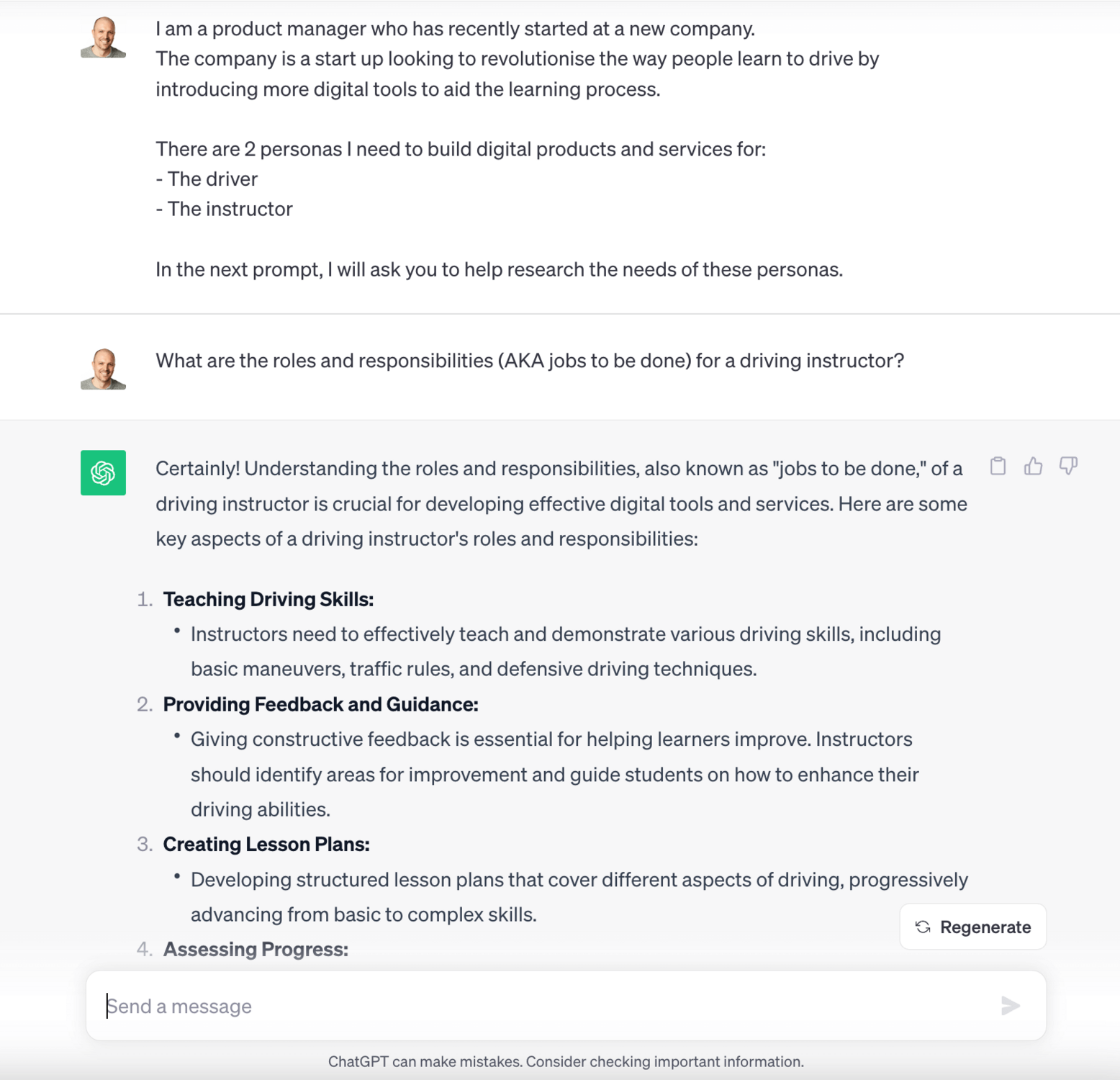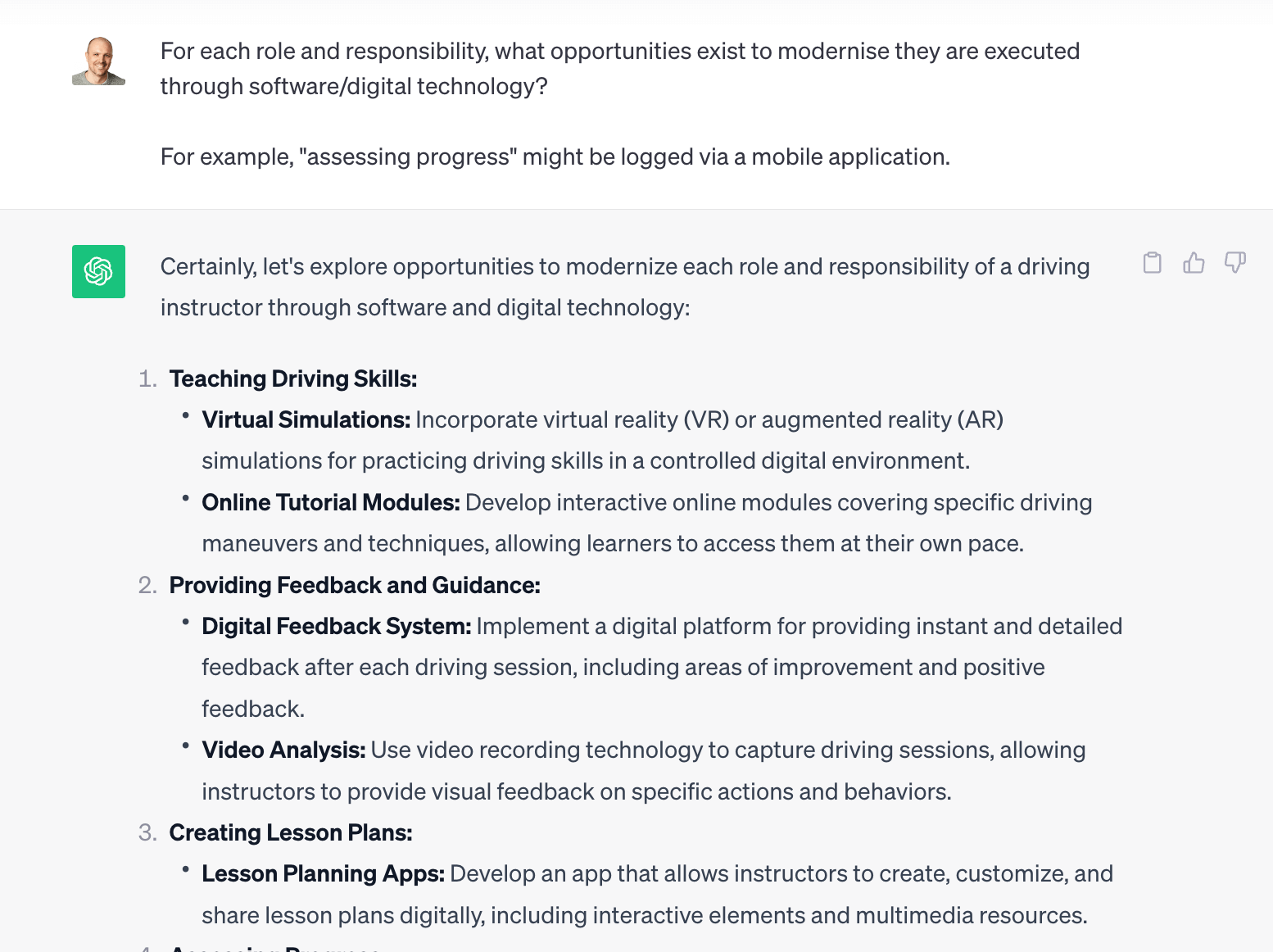Product discovery is the process of deeply understanding users’ problems in order to determine the best ways to solve them. It’s also the very first phase of the Product Management Life Cycle, which is a cyclical framework for conceptualizing, building, launching, and iterating on software products. But while discovery is one of the most important parts of building a great product, it often flies under the radar.
Even before generative AI became commonplace in business, product discovery has been evolving. Product teams are moving away from running multiple lengthy research projects and tests, and shifting to a continuous motion. In other words, product discovery is now more accelerated, has more inputs, and is “always on.” With AI, product teams have an opportunity to optimize the discovery process even further.
Applying AI to five product discovery use cases
AI can help product managers (PMs) operate more efficiently and effectively throughout the discovery process. Let’s go over five use cases for applying AI to product discovery.
1. Customer research
Since their large language models are trained on huge amounts of data, generative AI tools make for great research platforms.
Imagine you’ve started a new PM role, and the product you now own serves a persona that you’ve never built for before. AI tools can help you quickly get up to speed. For example, you can use ChatGPT to ask questions about the specific persona’s roles and responsibilities to get a broad understanding of your core user. From there, you can even take this information back to your team and use it to brainstorm which features align with each job to be done.
2. Identifying patterns in data
AI tools are also very effective at summarizing large amounts of data. In product discovery, this data often comes in the form of customer feedback entries. In order to better understand any patterns, you can submit the feedback responses to ChatGPT to parse into themes—saving you a lot of time and manual effort. When leveraging an AI tool this way, though, it’s important to provide as much context as possible, including details about the product itself and what type of output you’re looking for.
Learn AI use cases and best practices for product managers
3. Idea generation
Product managers can also utilize AI to come up with new ideas for the product. Building on the customer research example, you might then ask ChatGPT what opportunities exist and how this persona’s problems could be solved with technology. Pro tip: It’s best not to ask about specific features since the tool might end up pulling in information and features from competitors.
4. Competitive research
Competitive research is another part of the discovery process that can take a lot of time out of a PM’s day. For example,it often takes hours to simply collect and sift through research on your competitors. A generative AI tool like ChatGPT can help by summarizing reports, analyzing trends, and pulling information from competitors’ websites. For example, after describing your product you might ask a simple question like, “What does the competitive space look like in the market?”.
5. Communicating learnings
A critical element of product discovery is sharing all of the information and insights you’ve collected back to relevant stakeholders. Once you’ve compiled all of your learnings from the discovery process, you can again use AI to synthesize and summarize the data and research. You can also use a tool like ChatGPT to generate different types of summaries—even ones geared towards specific teams like engineering or sales.
Getting started with AI for product discovery
As you start leveraging AI to bolster your discovery efforts, it’s important to keep some key risks and challenges in mind. These include:
Assuming AI can replace humans: While AI tools are full of information, they can still miss things or be wrong. It’s important to validate the information you get from AI and make sure that it’s true.
Convincing AI hallucinations: An AI hallucination is when a large language model perceives patterns that are nonexistent, creating outputs that are nonsensical or inaccurate. One way to help avoid these occurrences is to tell the AI tool not to make up any information.
Legal and compliance: Companies should establish internal policies around AI usage, and always keep records of what you’re using generative AI for. Remember: Anything that’s created using an generative AI tool is the property of the tool.
Unknown depth of knowledge: In the end, we don’t know what an AI tool knows—and there’s no real way to ask it. Be careful when drawing assumptions from generative AI content, and remember that industry terms and acronyms can have different meanings in different contexts.
Bias: Since we currently don’t know how bias affects generative AI, it’s even more crucial to bring human analysis and insight to the information you collect using AI. Even better: Use the time saved from leveraging AI to check the work and make sure it’s accurate.
And finally, here are some tips for getting started with AI for product discovery:
- Be transparent about your AI use and findings
- Use AI to gather a baseline understanding of a topic
- Build a generative AI prompt library for your team
- Start with small, low-risk projects
- Blend human and AI research
Want to dig deeper into leveraging AI for product discovery? Watch our latest webinar:


![[object Object]](https://cdn.builder.io/api/v1/image/assets%2F6a96e08774184353b3aa88032e406411%2F39f3ccde352b460cbf348ccc952054cd?format=webp)


